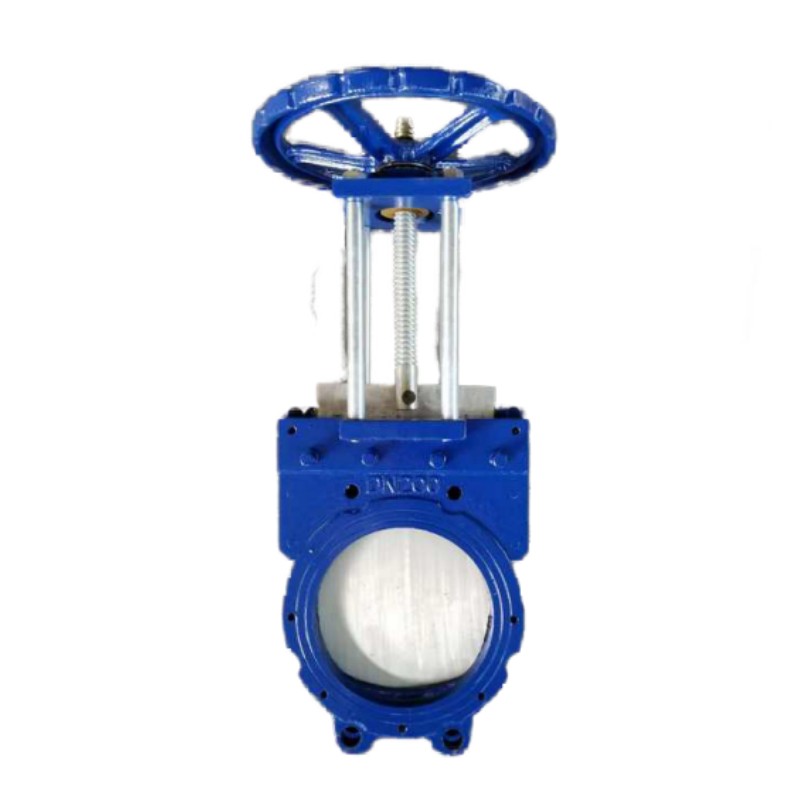different types of foot valve
Different Types of Foot Valves An Essential Component in Fluid Systems
Foot valves are critical components in various fluid systems, particularly in pumping applications. Positioned at the base of suction lines, these valves prevent backflow of liquids and maintain the prime within the system. Understanding the different types of foot valves can aid in effective selection and application based on specific needs. This article explores the various types of foot valves, their functionalities, and their applications.
1. Check Foot Valves
The most common type of foot valve is the check foot valve. This valve operates based on a simple mechanism it allows fluid to flow in one direction while preventing reverse flow when the pump is turned off. Check foot valves are typically spring-loaded, which means they have a spring that keeps the valve closed when not in use. They are crucial in ensuring that the pump remains primed, particularly in applications where continuous suction is necessary. Check foot valves are frequently used in water pumping, irrigation systems, and industrial processes.
Strainer foot valves serve a dual purpose they act both as a check valve and as a filtration component. These valves come equipped with a mesh strainer that filters out debris, preventing it from entering the pump. This design is particularly beneficial in applications where the water source may contain sediments or other particulate matter that could damage the pump. Strainer foot valves are widely utilized in agricultural water systems, fountains, and any other settings where clean water is essential for proper pump function.
3. Diaphragm Foot Valves
different types of foot valve

Diaphragm foot valves utilize a flexible diaphragm to control the opening and closing of the valve. This type of valve is advantageous in applications where a gentle sealing action is critical to prevent wear and tear on the valve components. Diaphragm foot valves provide excellent sealing and can effectively handle corrosive fluids or slurries. Industries such as chemical processing or wastewater management often employ diaphragm foot valves because they comply with rigorous fluid handling requirements.
4. Pneumatic Foot Valves
Pneumatic foot valves are less common but are worth mentioning for their unique operation. These valves utilize air pressure to operate rather than relying on mechanical spring action. When fluid presses against the diaphragm or piston within the valve, it opens to allow flow, while the reverse pressure causes it to close. This design is particularly valuable in systems requiring precise control over fluid dynamics, such as in pneumatic conveyance applications.
5. Automatic Foot Valves
Automatic foot valves, also known as self-priming valves, automatically open and close based on the pressure changes in the fluid system. These valves are designed to sense when the pump starts and stops, adjusting their position accordingly. They are especially useful in automated systems where manual operation is impractical. Automatic foot valves are commonly found in advanced irrigation systems and industrial setups where efficiency and reliability are paramount.
Conclusion
Selecting the proper type of foot valve is paramount to the efficiency and longevity of fluid systems. Each type of foot valve—check, strainer, diaphragm, pneumatic, and automatic—serves distinct purposes and operates under different principles. Understanding these differences helps engineers and technicians choose the appropriate valve for their specific application, ensuring optimal performance and system reliability. As technology evolves, the design and functionality of foot valves will continue to advance, contributing to the effectiveness of fluid handling solutions across various industries.
-
The Key to Fluid Control: Exploring the Advantages of Ball Valves in Industrial SystemsNewsJul.09,2025
-
The Versatile World of 1, 2, and 3 Piece Ball ValvesNewsJul.09,2025
-
Stainless Steel Ball Valves: The Ideal Choice for Efficient Flow ControlNewsJul.09,2025
-
Optimizing Fluid Control with Ball Float ValvesNewsJul.09,2025
-
Manual Gate Valves: Essential for Control and EfficiencyNewsJul.09,2025
-
Everything You Need to Know About Butterfly ValvesNewsJul.09,2025
-
The Versatility of Wafer Type Butterfly ValvesNewsJul.08,2025




